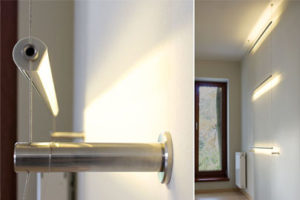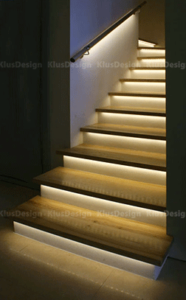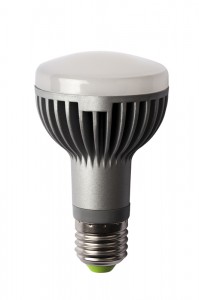 LED lights are durable and efficient lighting options. They are not prone to damage due to their small size. Their unmatched brightness and long life give you value for money. Their high-intensity illumination offers excellent quality lighting convenient for all spaces in your home. You can use LED lights in your kitchen, living room, corridors and bedrooms. LED lights for home interior saves you money in utility bills because they use much less energy than traditional bulbs.
LED lights are durable and efficient lighting options. They are not prone to damage due to their small size. Their unmatched brightness and long life give you value for money. Their high-intensity illumination offers excellent quality lighting convenient for all spaces in your home. You can use LED lights in your kitchen, living room, corridors and bedrooms. LED lights for home interior saves you money in utility bills because they use much less energy than traditional bulbs.
1. Energy Efficiency
Using LED lights for home interior guarantees low energy costs. Moreover, they last long thus giving you value for money. The small-sized bulbs do not produce heat. Hence no energy is wasted in this manner.
2. White Light
LED lights for home interior do an excellent job in mimicking natural light. With such good quality light, you can highlight details of different designs in your home. Ensure you buy energy-star qualified LEDs for best results. With the incandescent light they produce, your eyes don’t have to adjust when you walk in from outside. You can choose to use LED lights for home interior as your primary source of light as they work perfectly well.
3. Taking advantage of their flexible design
Light up your home with LED lights for home interior, taking advantage of their flexible designs and efficient illumination. The small size of LED lights allows you to place them anywhere. You can decide to use LED lights independently or arrange them in different patterns and designs to achieve different visual light effects. They unidirectional nature ensures that the beams they emit are focused, allowing you to use them for different results.
Conclusion
LED lights are ecologically friendly since there are no toxic substances used in manufacturing them. These bulbs do not harm the environment and reduce your carbon footprint as they are recyclable. They do not emit UV light and are cost effective. Their flexibility and small size make it possible to position them anywhere, and you can focus their beams in a pattern to give you various visual effects. Make sure to buy energy-star qualified LEDs for excellent results.





 Successful residential and commercial lighting design takes advantages of the many features of
Successful residential and commercial lighting design takes advantages of the many features of  Light emitting diode lighting (LED) technology is widely touted to be a revolutionary way for lighting homes. As such, it is likely to replace the general lighting services in use today that consist of incandescent and fluorescent bulbs. LED lighting differs from conventional lighting in various ways. For starters, LED beams are directional, and tend to focus on specific points. Secondly, LED fixtures consist of combined fitting and bulb components.
Light emitting diode lighting (LED) technology is widely touted to be a revolutionary way for lighting homes. As such, it is likely to replace the general lighting services in use today that consist of incandescent and fluorescent bulbs. LED lighting differs from conventional lighting in various ways. For starters, LED beams are directional, and tend to focus on specific points. Secondly, LED fixtures consist of combined fitting and bulb components.